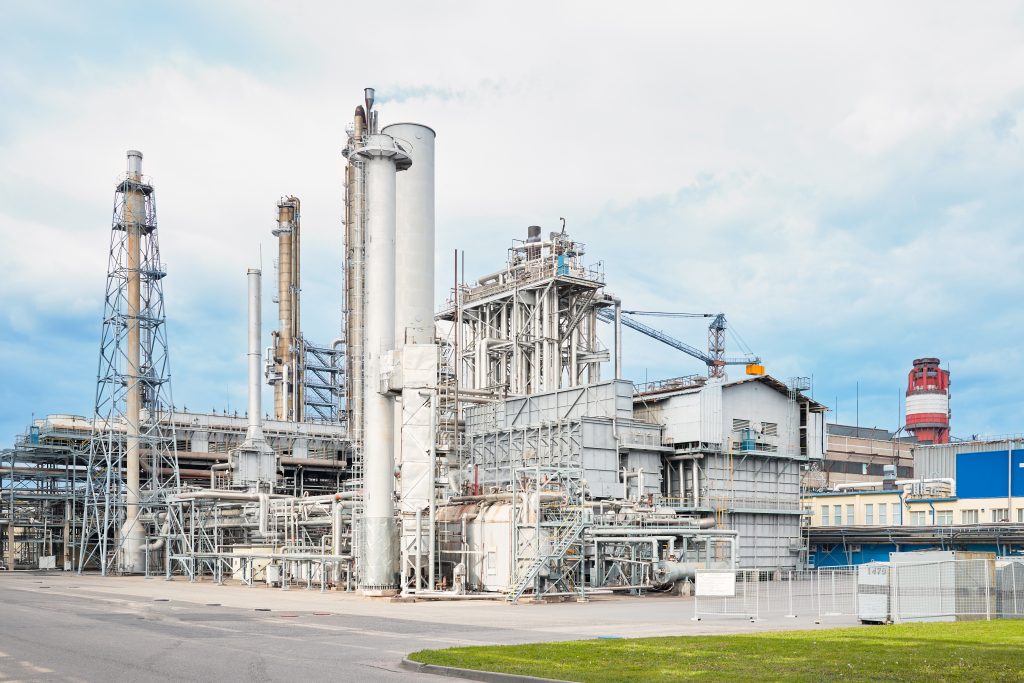Saudi Arabia’s Role in the Global Clean Energy Transition through Blue Ammonia
As the global shift to cleaner energy accelerates, Saudi Arabia is positioning itself as a leader in blue ammonia production, a key player in reducing carbon emissions and combating climate change.
Traditionally a global leader in oil and gas, Saudi Arabia is leveraging its technological and economic strengths to dominate the blue ammonia sector, which is crucial for the hydrogen economy and decarbonizing challenging sectors.
Blue ammonia (NH3), a versatile compound used in agriculture and industry, is gaining attention as a clean energy source. Its production captures up to 90% of CO2 emissions, making it an attractive alternative to fossil fuels, particularly in shipping, aviation, and heavy manufacturing.
This initiative is part of Saudi Arabia’s Vision 2030, aimed at reducing reliance on fossil fuels and expanding renewable energy. The Kingdom plans to generate half of its energy from renewables and alternative sources, including blue ammonia, by 2030.
According to Abdulaziz Almizani, Chief Advisor of Energy and Sustainability, the energy mix will be equally split between natural gas and renewables, including hydrogen and blue ammonia.
Saudi Arabia’s investment in blue ammonia aligns with its circular carbon economy model, which focuses on reducing, reusing, recycling, and removing emissions. Investments in carbon capture, utilization, and storage technologies are part of this effort, with Saudi Aramco pioneering projects like converting CO2 into methanol.
Saudi Aramco has already made significant strides, shipping the world’s first carbon-neutral ammonia to Japan in 2020. Additionally, the Saudi Arabian Mining Co. (Ma’aden) has exported large quantities of blue ammonia to South Korea, reinforcing the Kingdom’s leadership in clean energy.
Despite high production costs and technological challenges, Almizani is optimistic that the costs will decrease over time, making blue ammonia more accessible and scalable. Future developments like NEOM’s green ammonia plant, set to be the largest by 2025, further demonstrate Saudi Arabia’s commitment to leading in both green and blue ammonia production.
Supported by a strong regulatory framework, Saudi Arabia’s efforts in blue ammonia not only support its domestic goals but also contribute to global climate change mitigation. As production scales and technology advances, the Kingdom is set to become a global leader in clean energy, providing a model for other nations.
